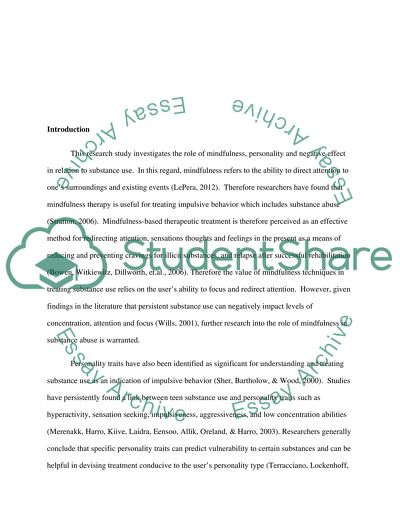Cite this document
(“Report on the study examining relationship between mindfulness, Essay”, n.d.)
Report on the study examining relationship between mindfulness, Essay. Retrieved from https://studentshare.org/psychology/1479516-report-on-the-study-examining-relationship-between
Report on the study examining relationship between mindfulness, Essay. Retrieved from https://studentshare.org/psychology/1479516-report-on-the-study-examining-relationship-between
(Report on the Study Examining Relationship Between Mindfulness, Essay)
Report on the Study Examining Relationship Between Mindfulness, Essay. https://studentshare.org/psychology/1479516-report-on-the-study-examining-relationship-between.
Report on the Study Examining Relationship Between Mindfulness, Essay. https://studentshare.org/psychology/1479516-report-on-the-study-examining-relationship-between.
“Report on the Study Examining Relationship Between Mindfulness, Essay”, n.d. https://studentshare.org/psychology/1479516-report-on-the-study-examining-relationship-between.


